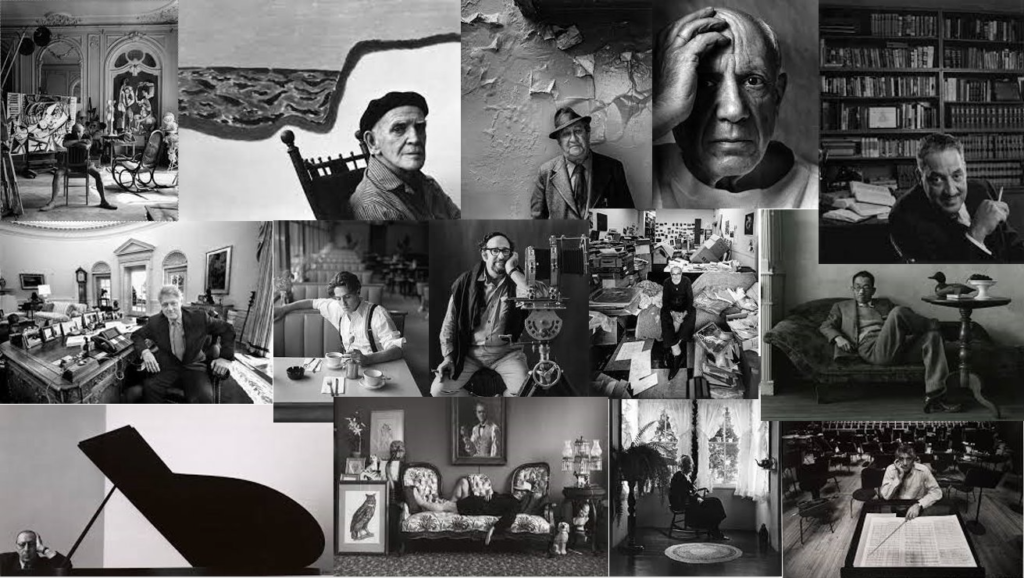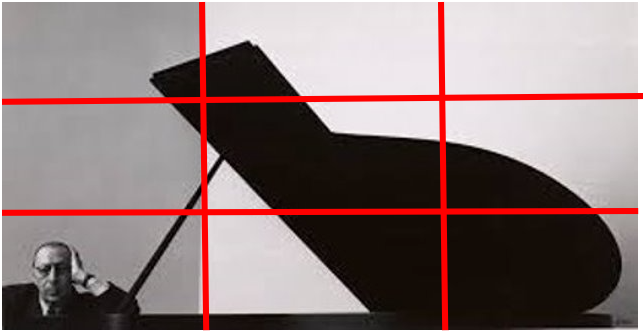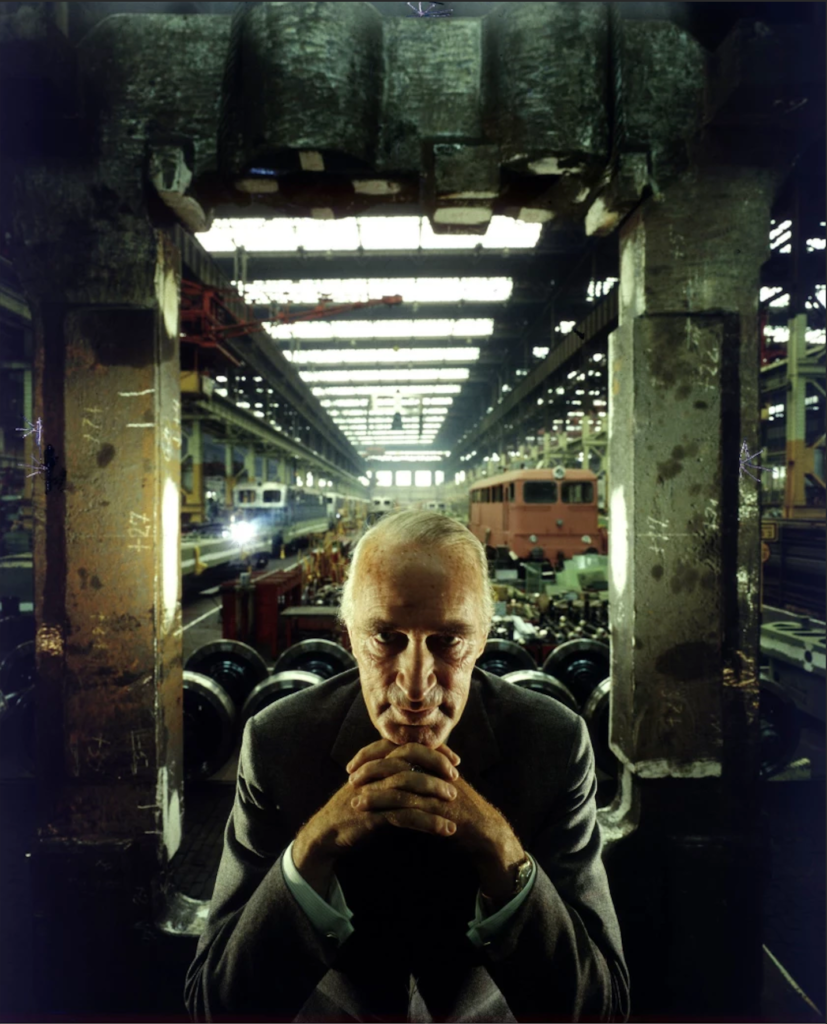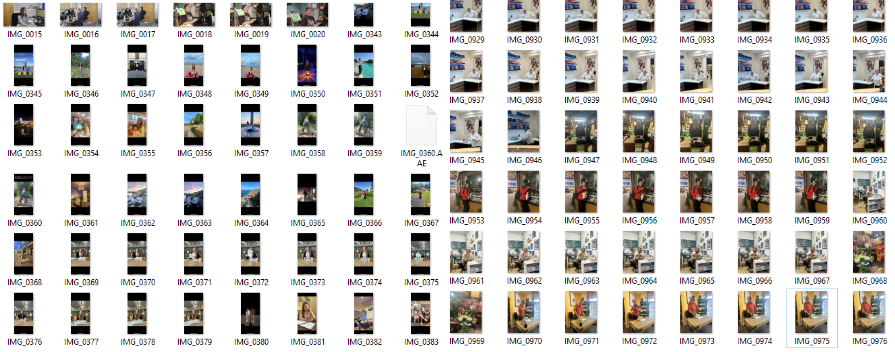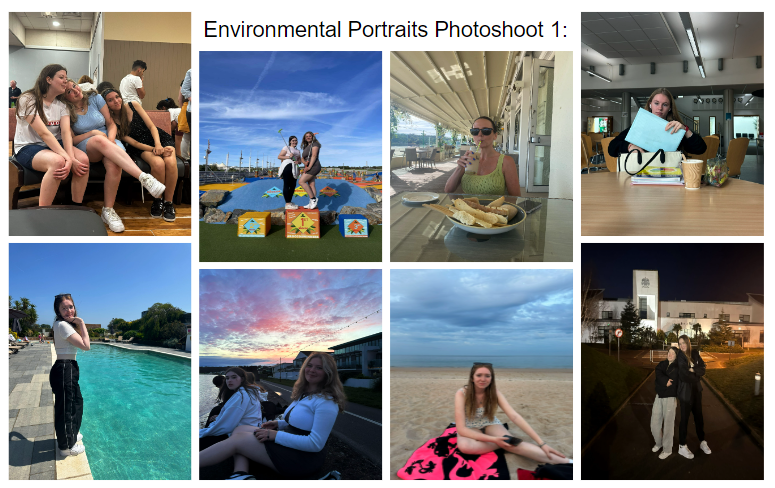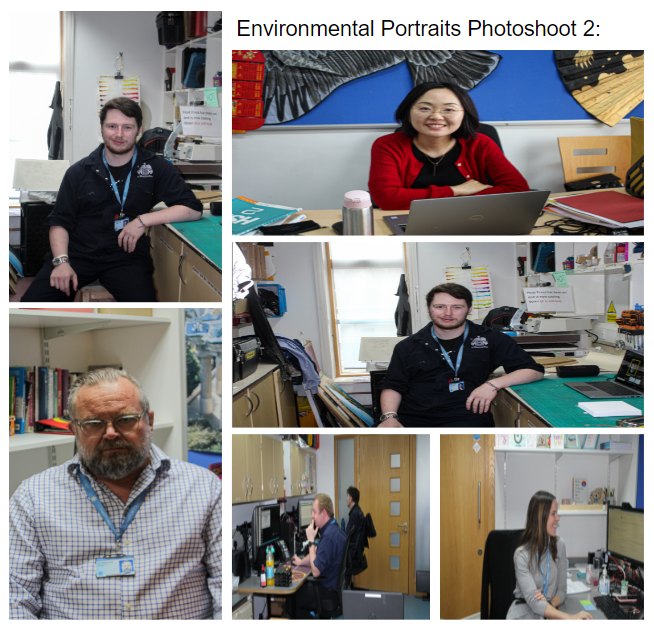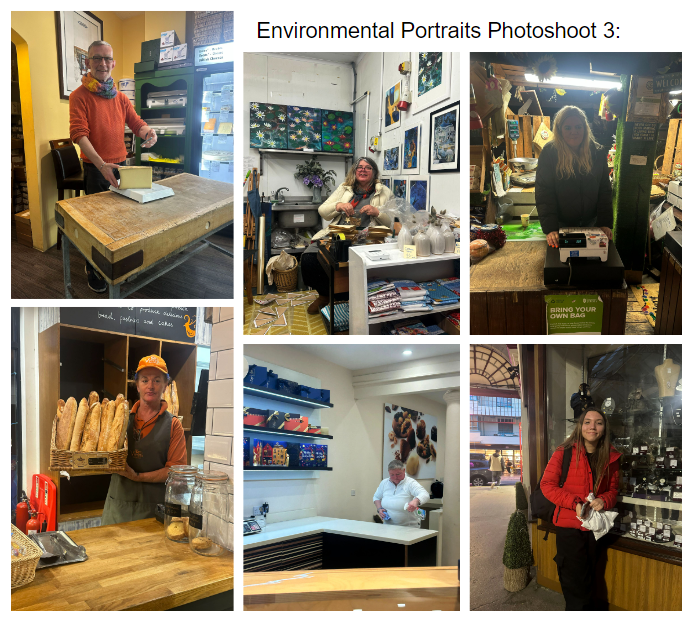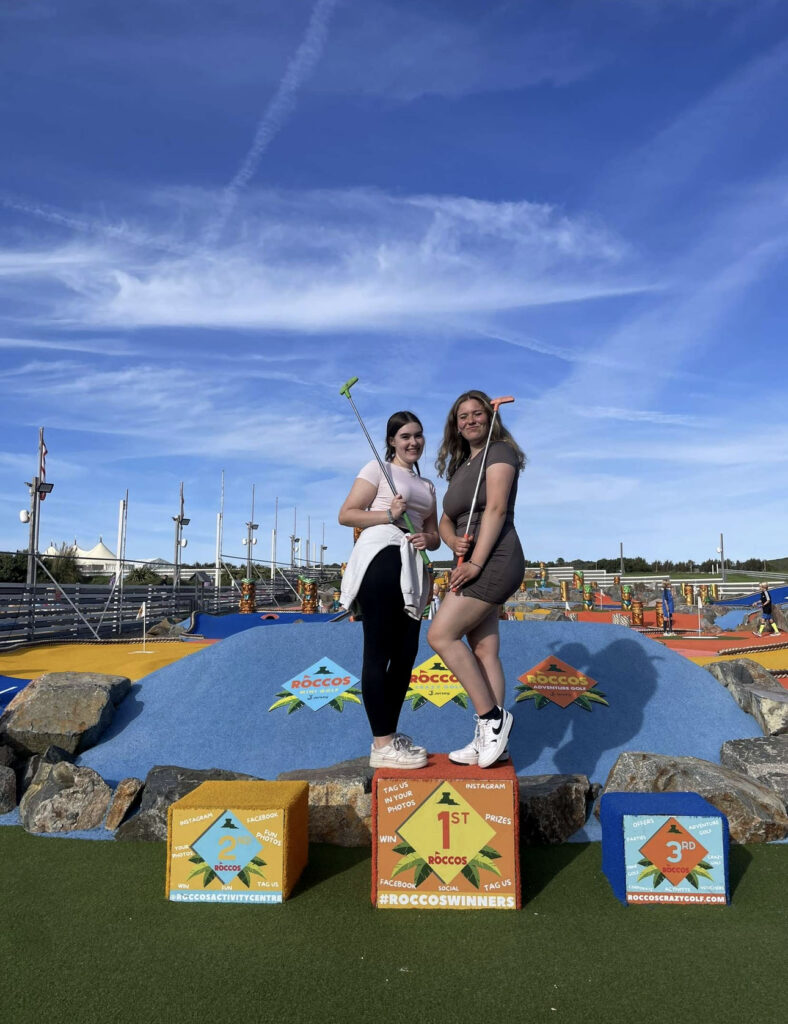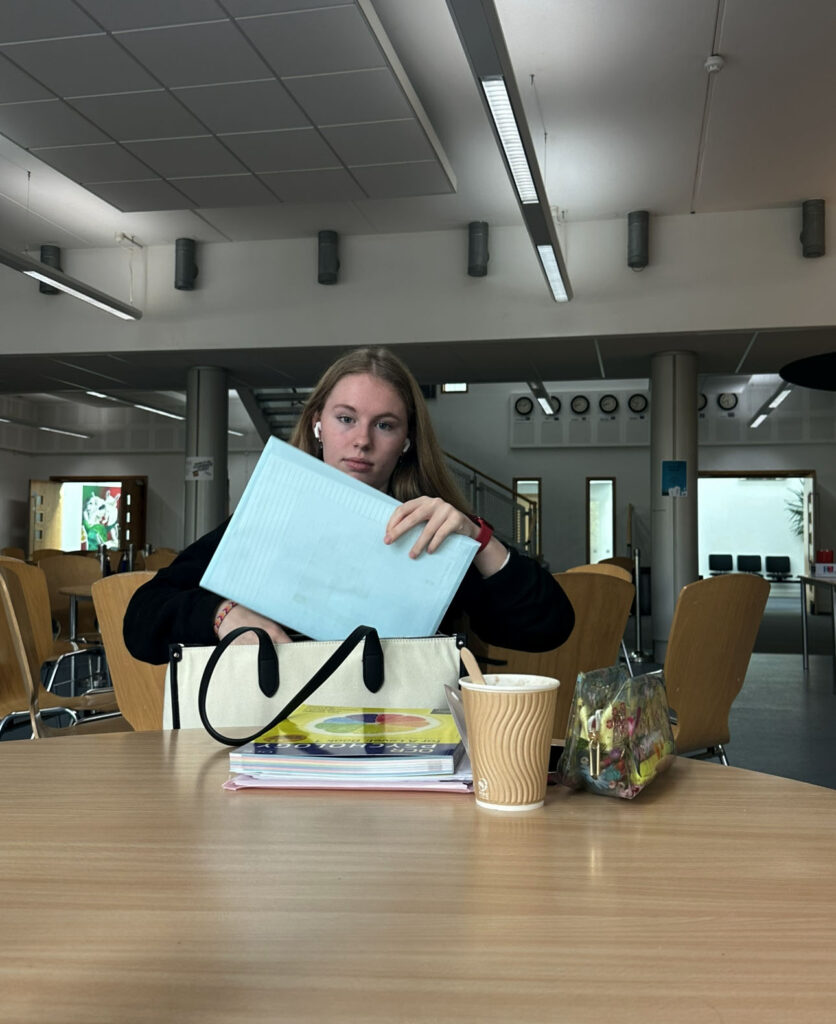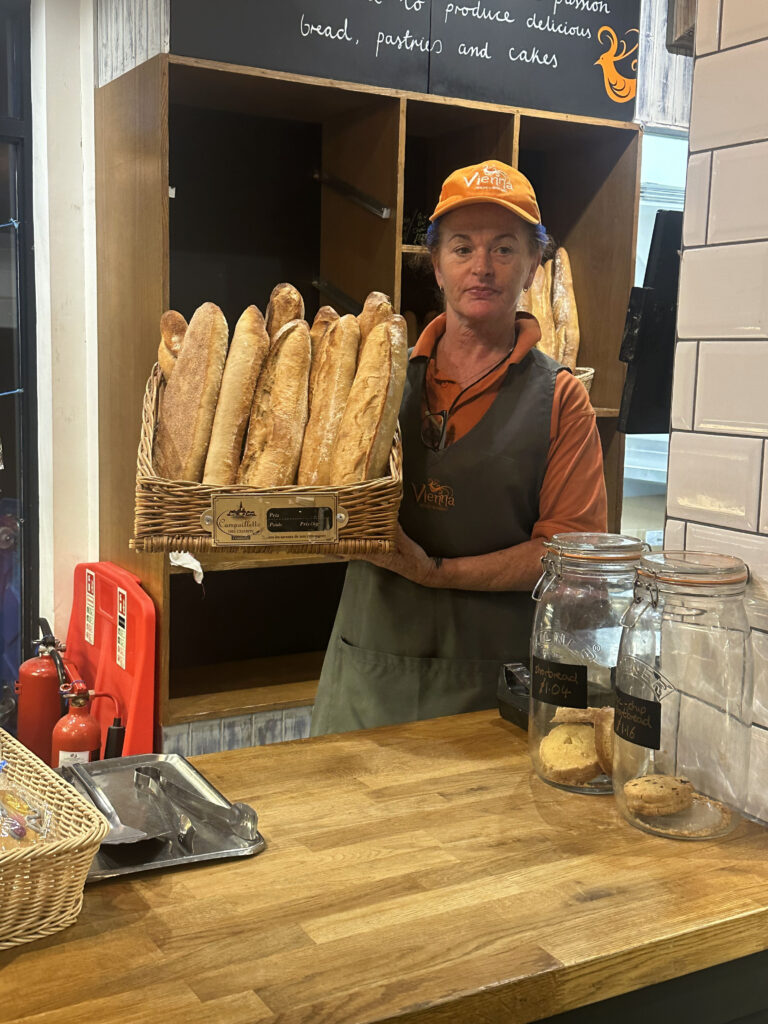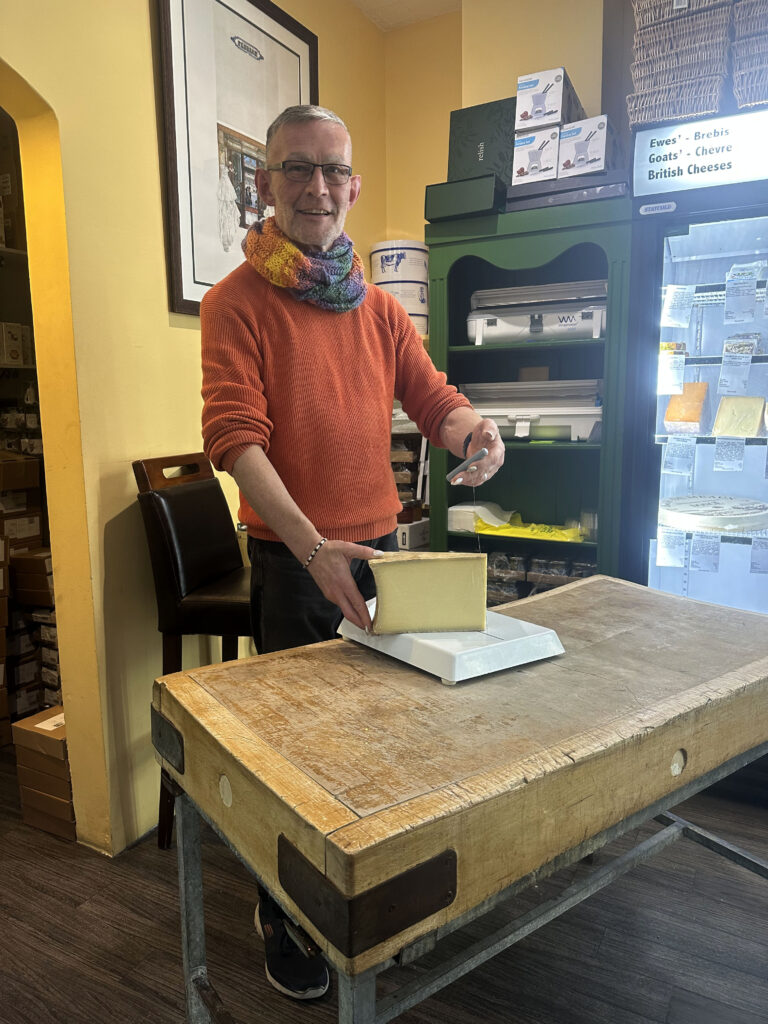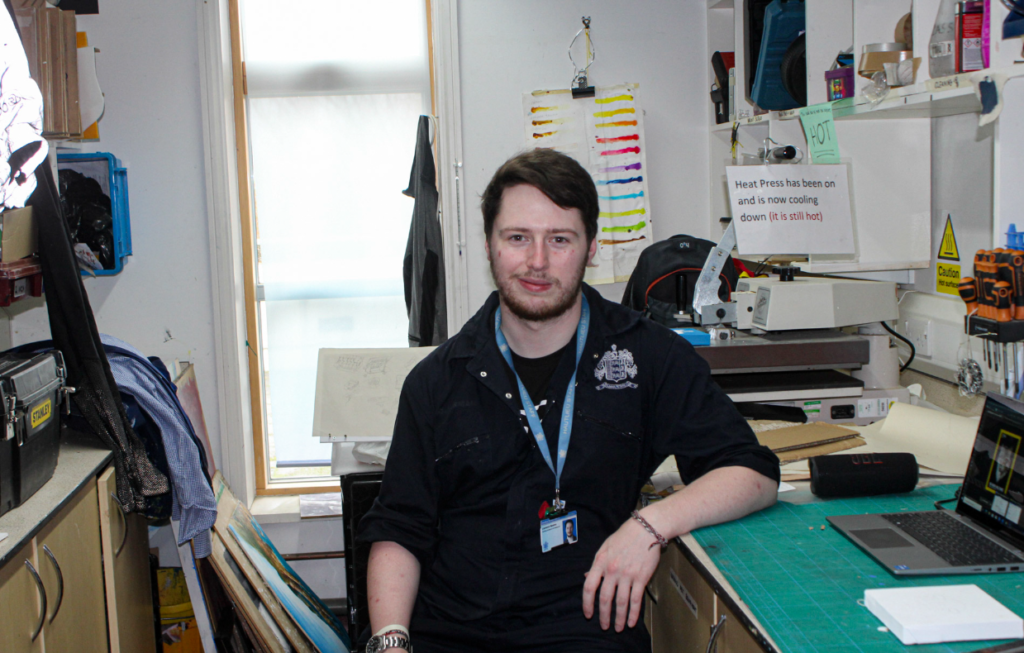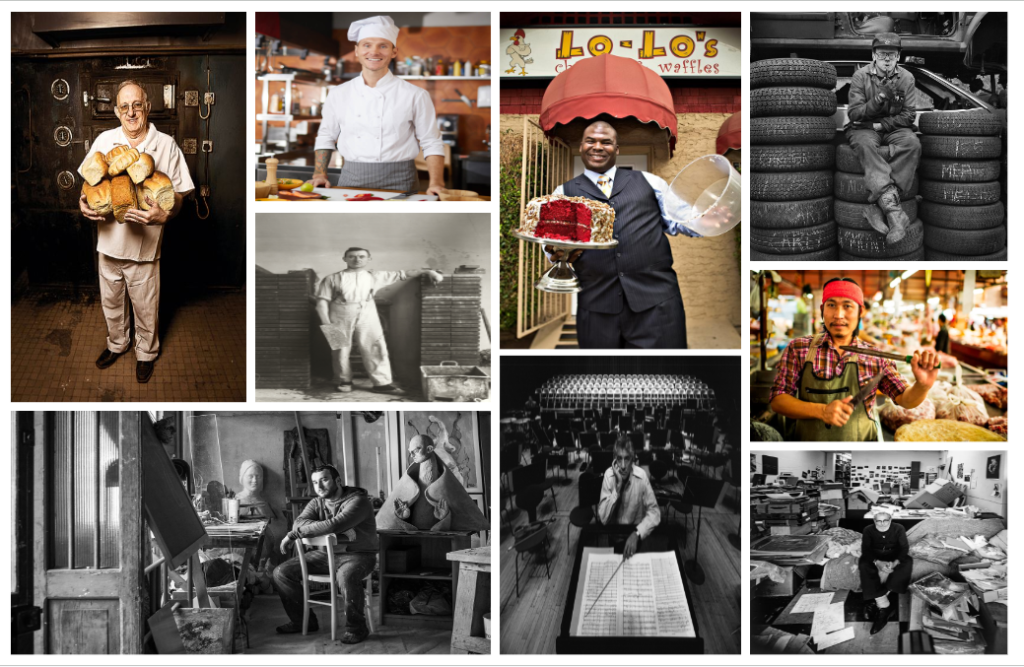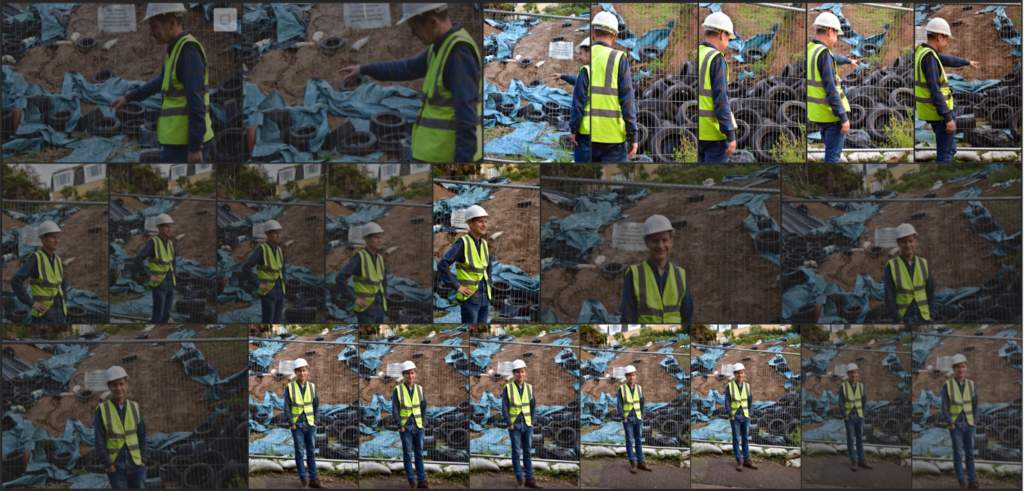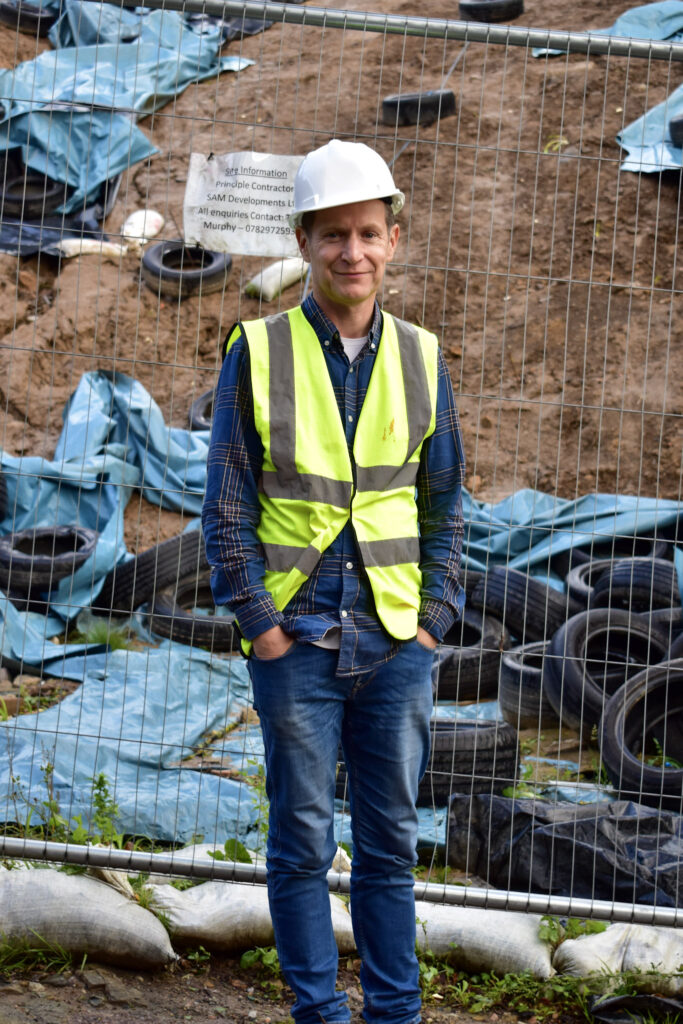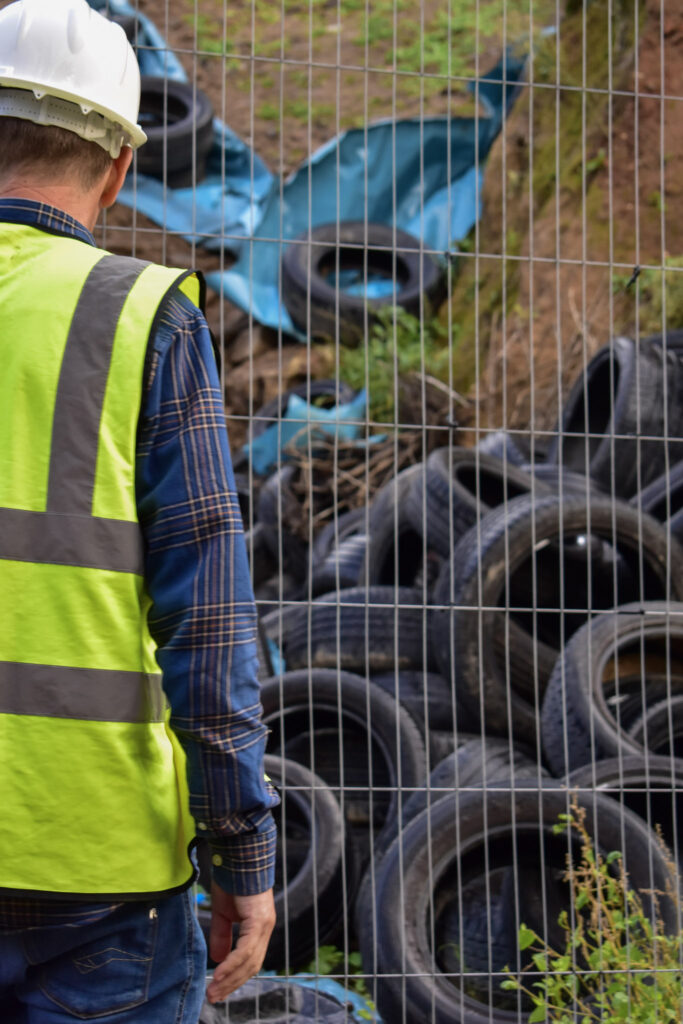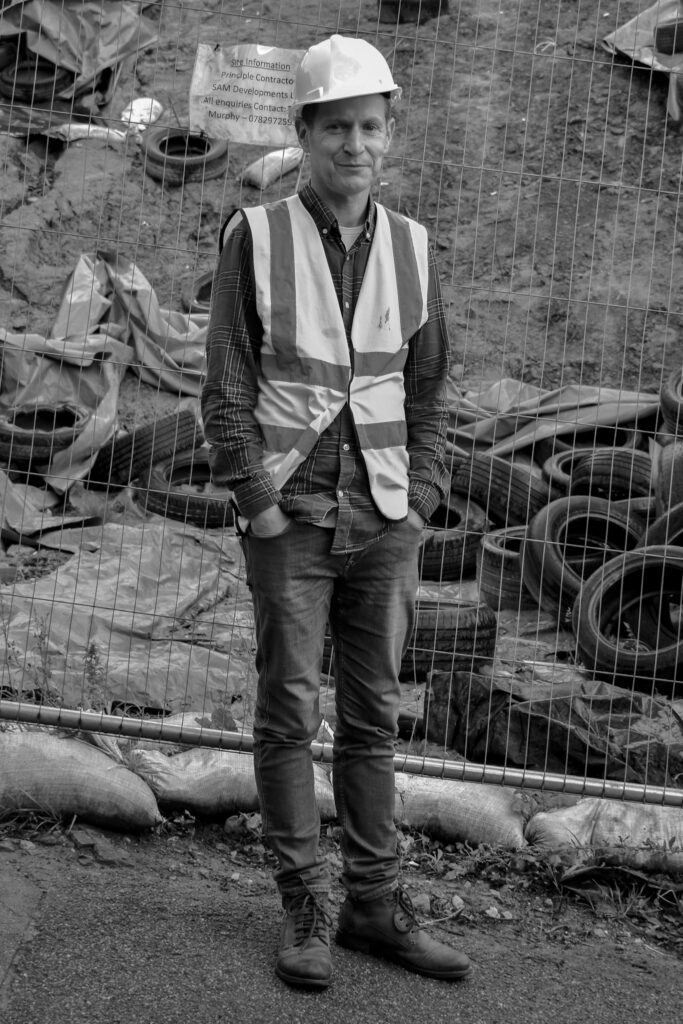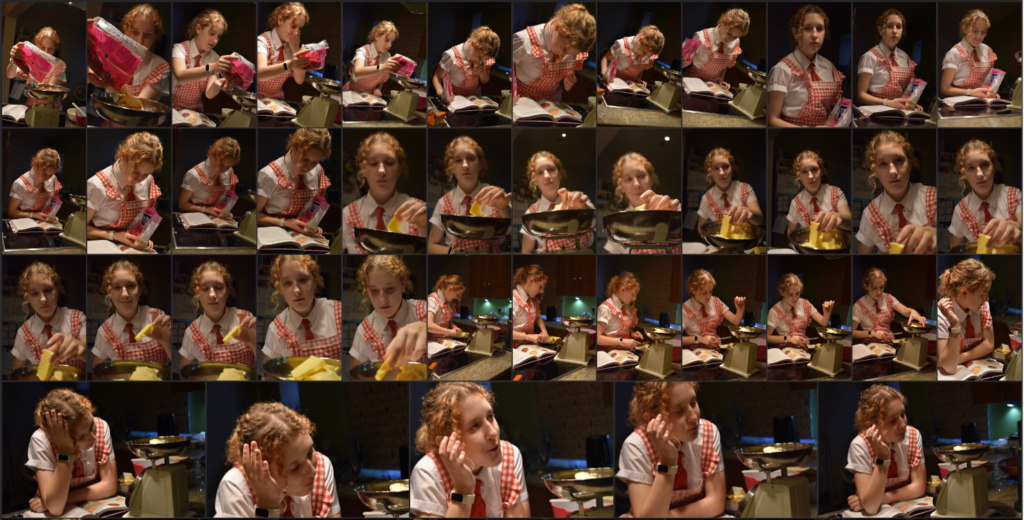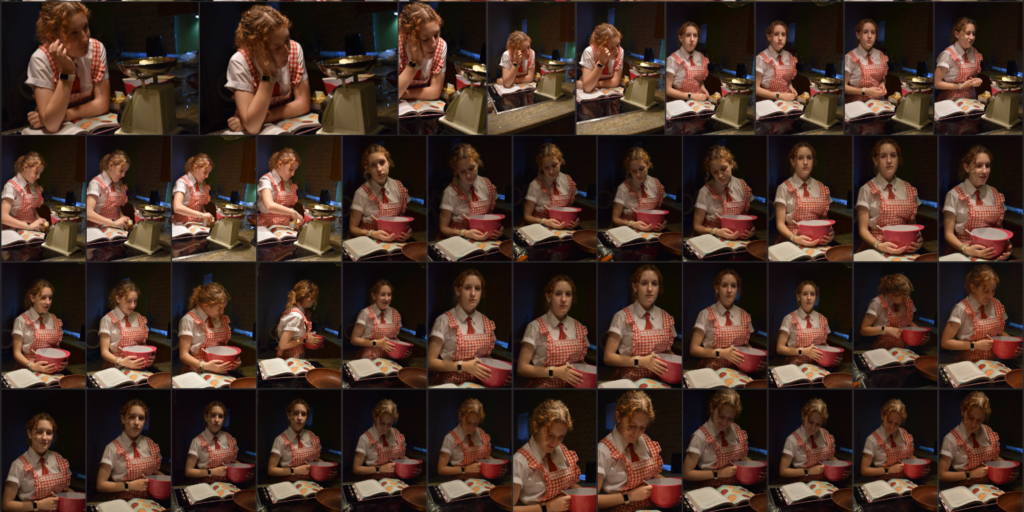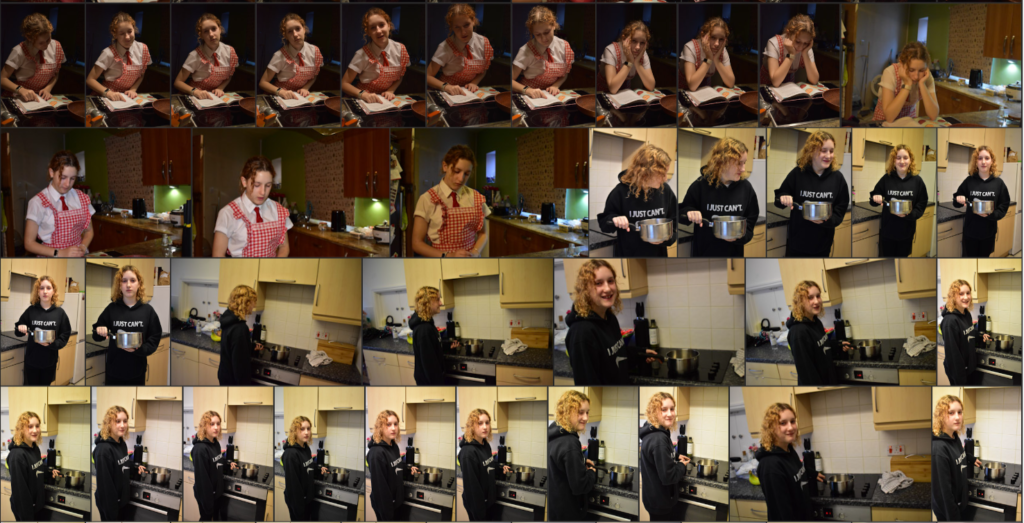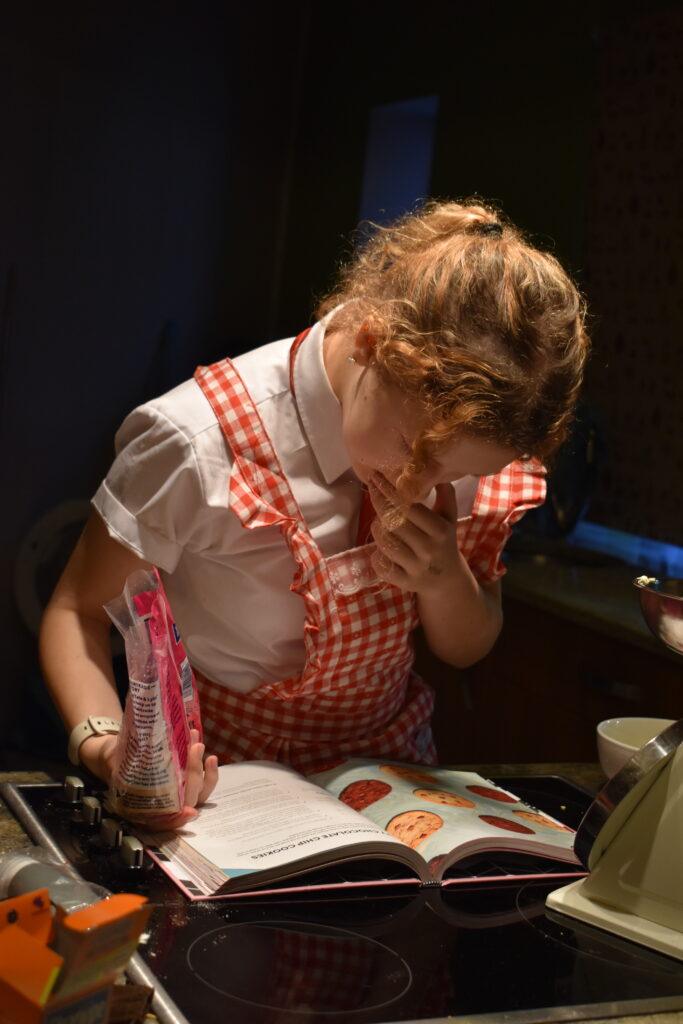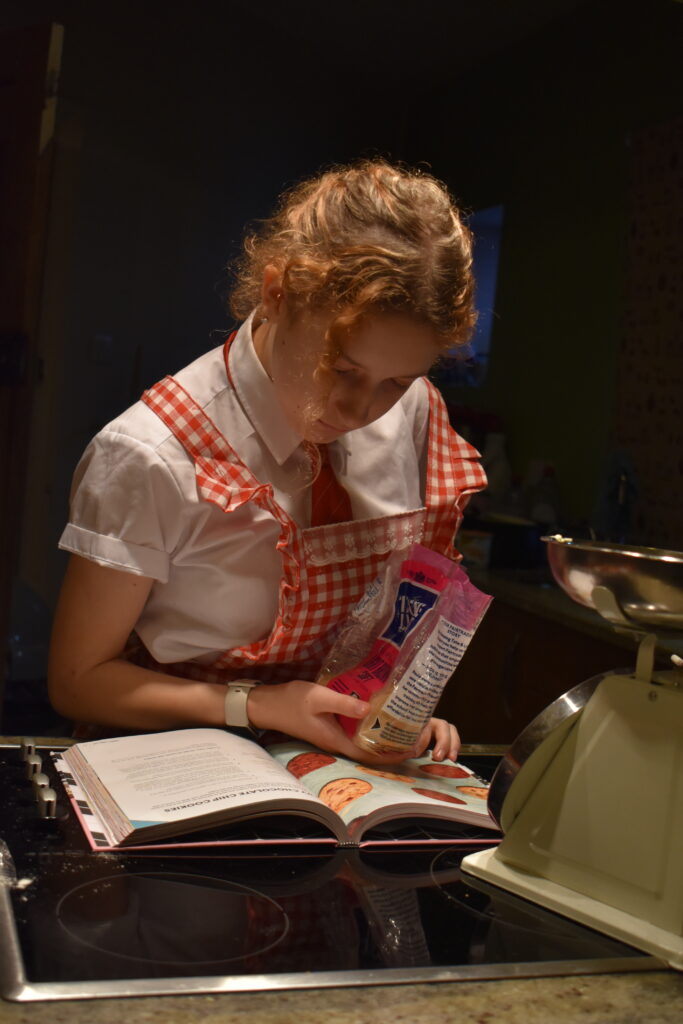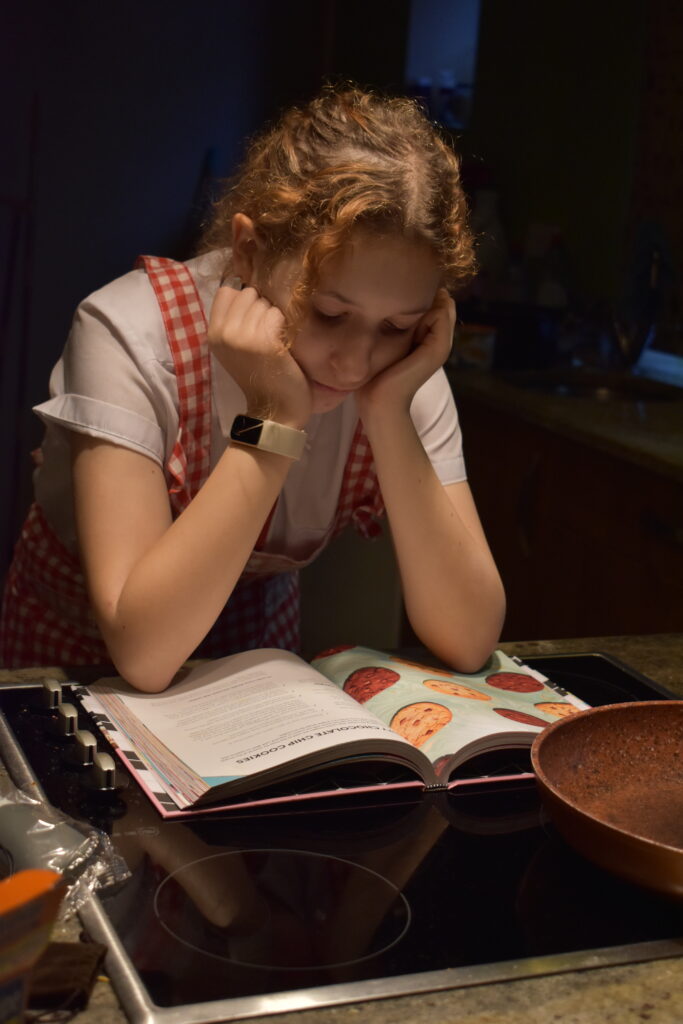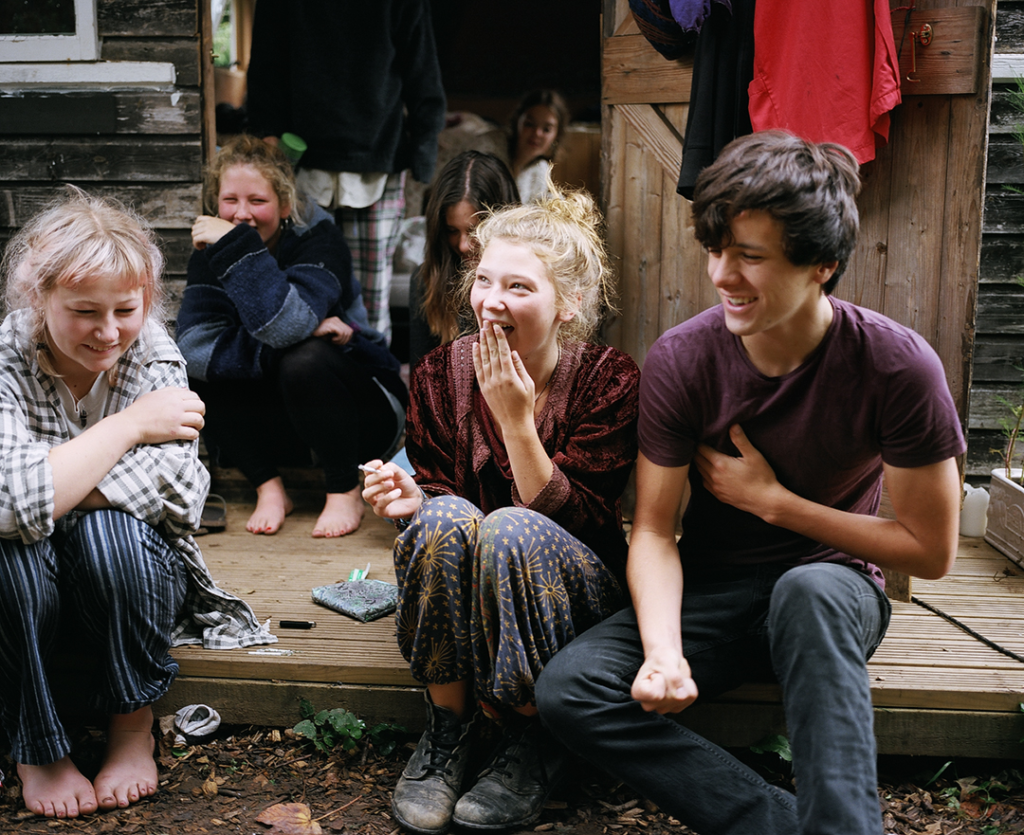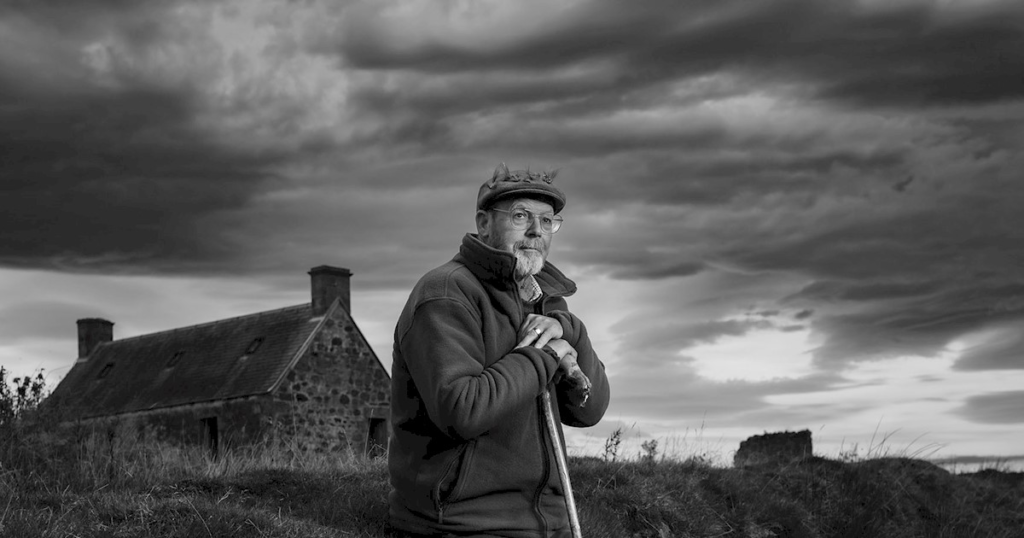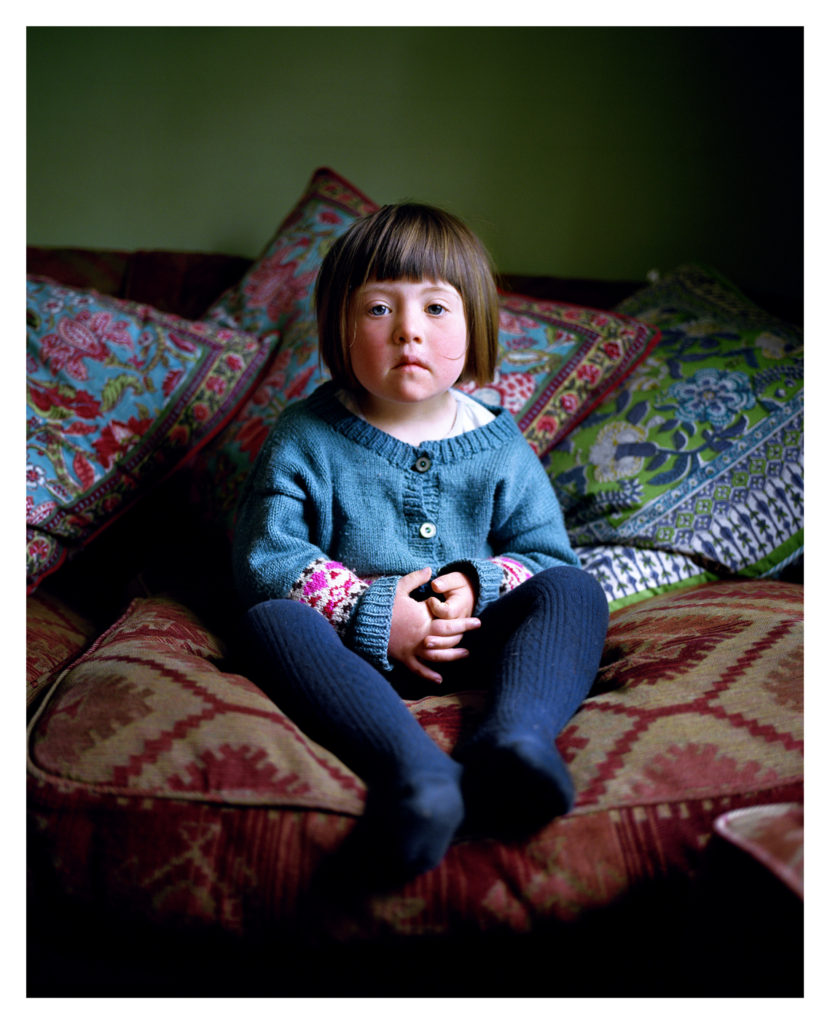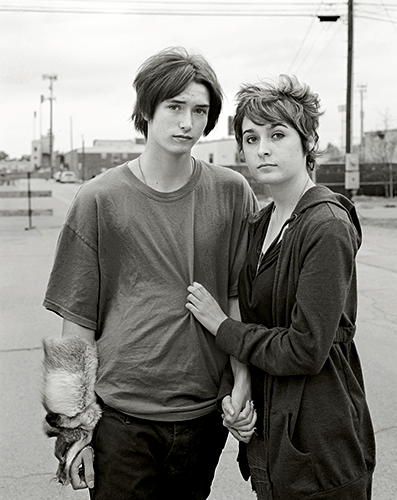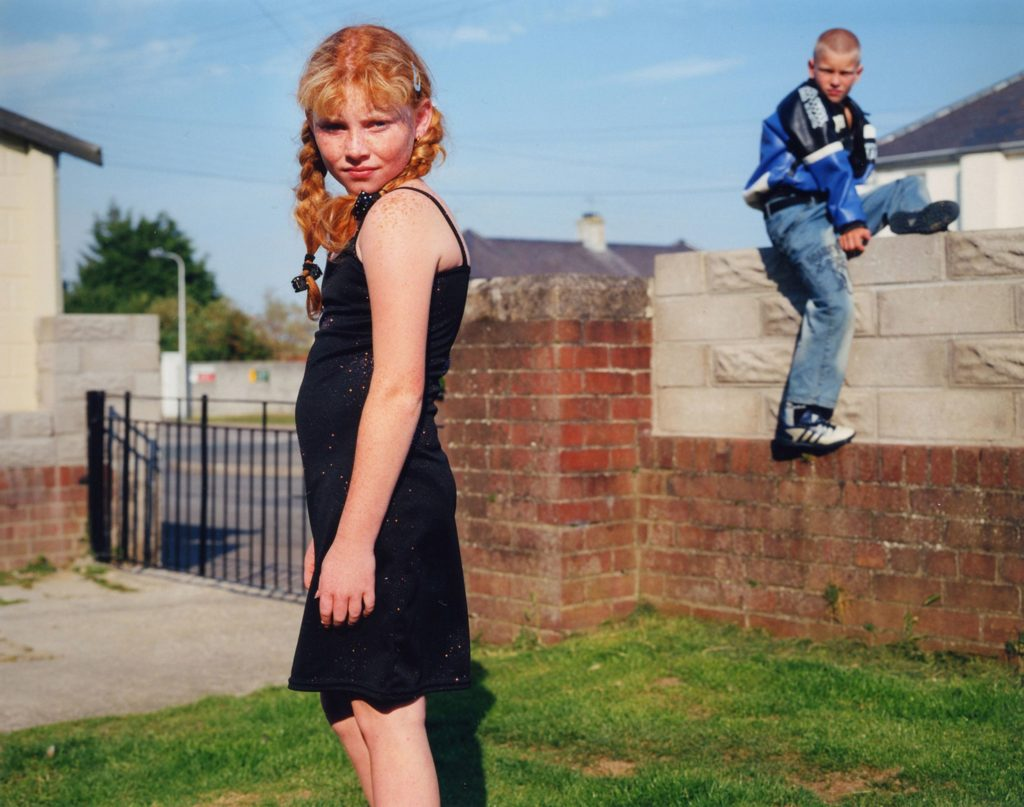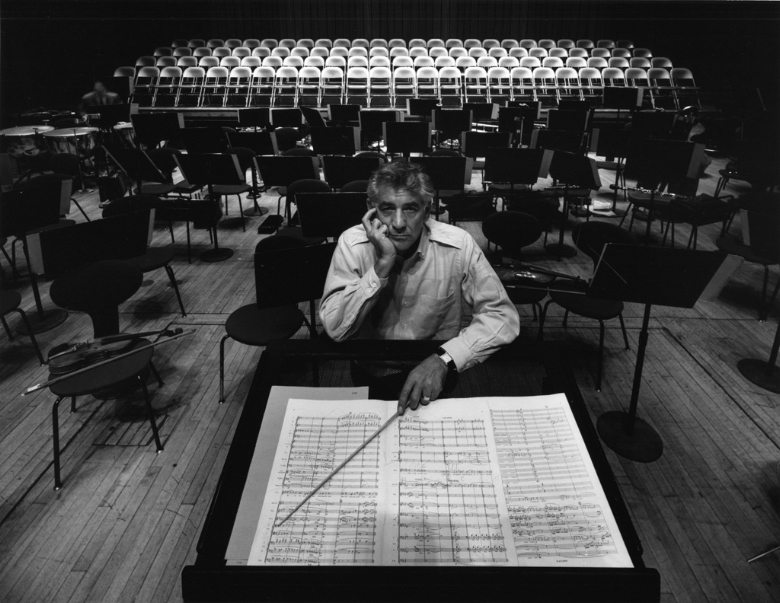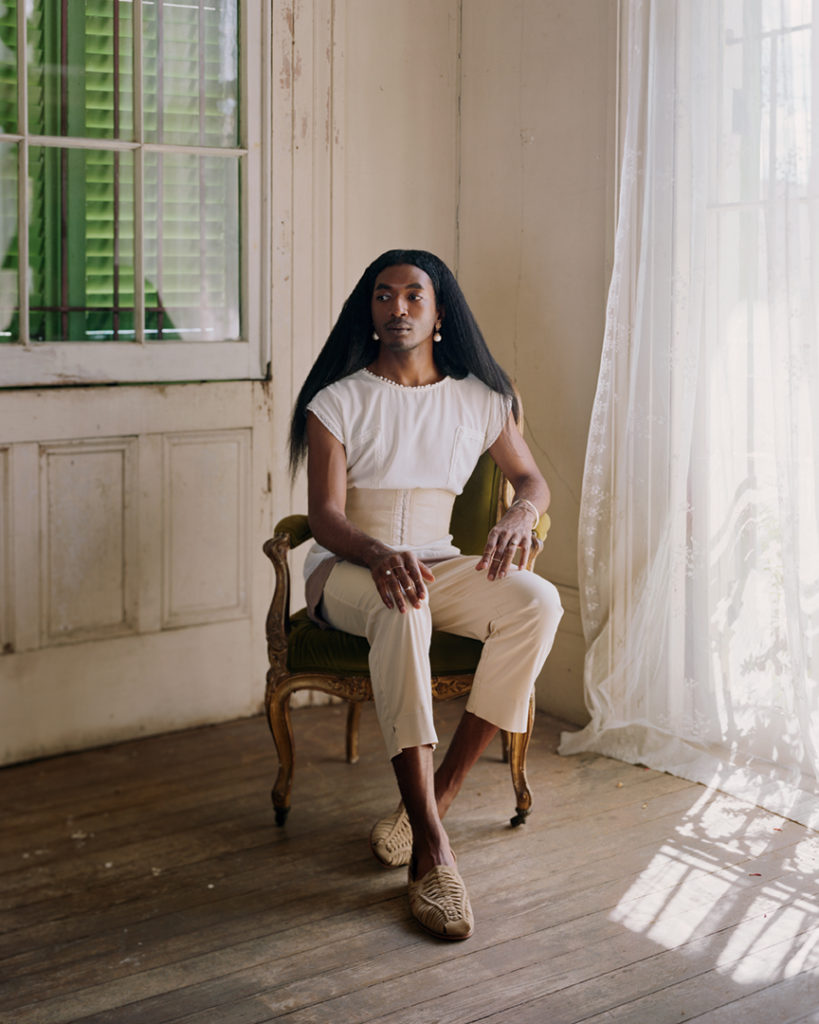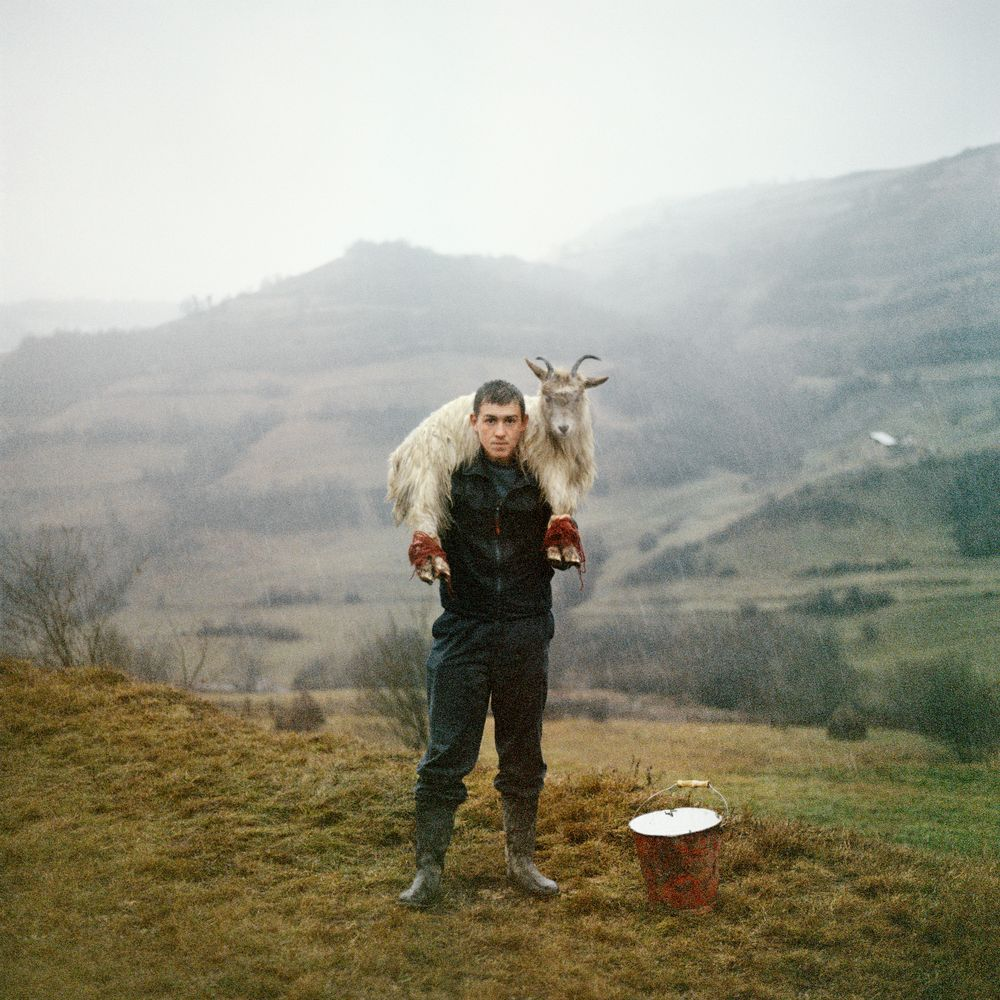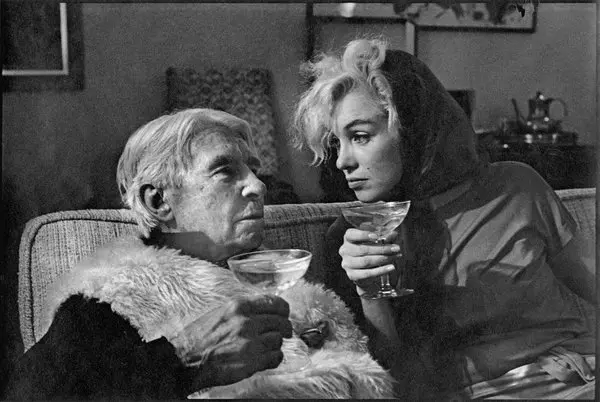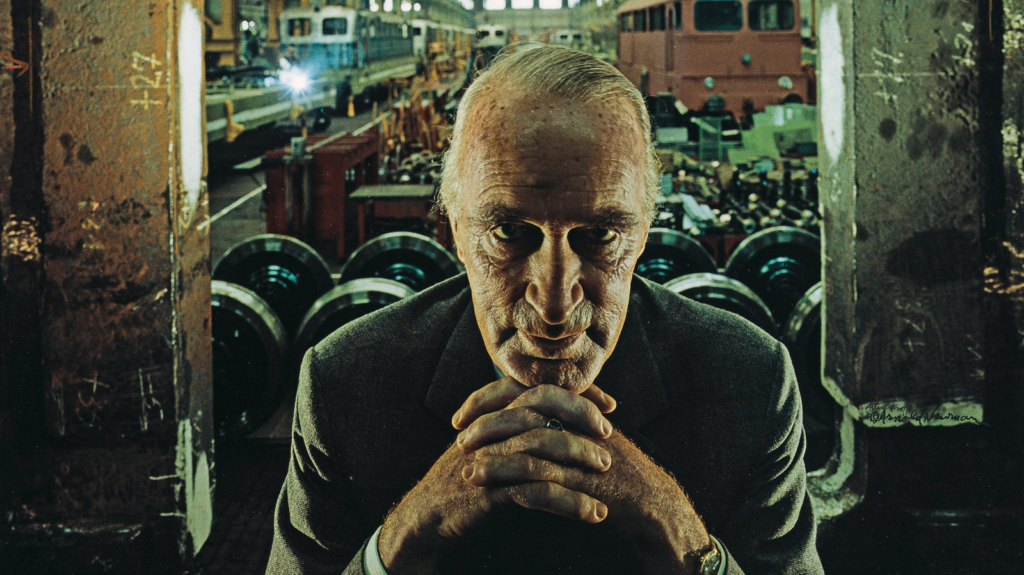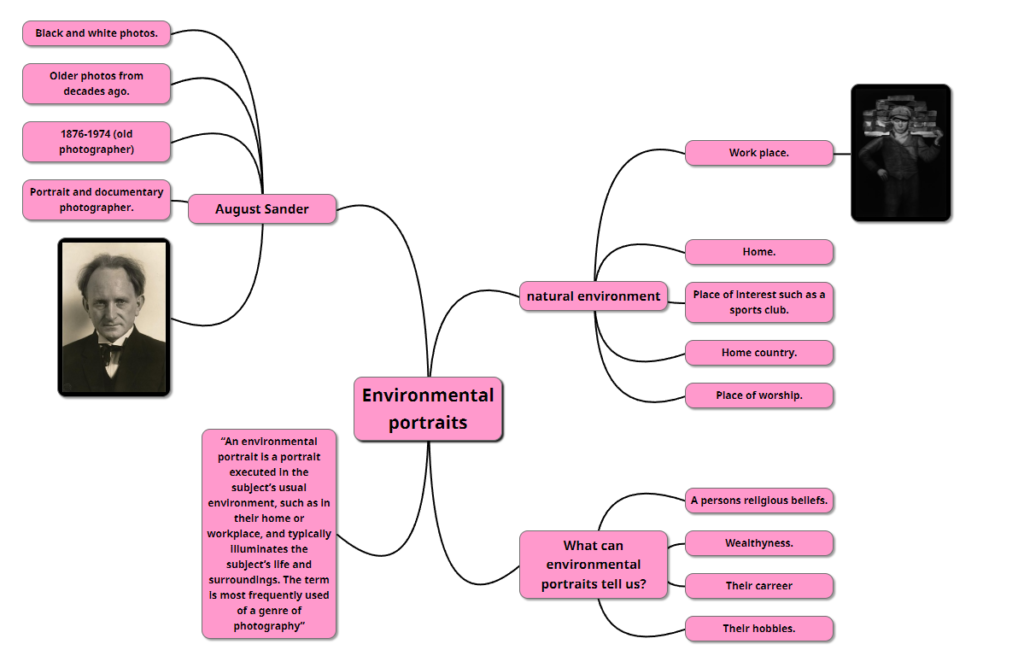Where will I take my photos and why did I pick this location?
For this shoot I have chosen to use someone close to me as I think this allows me a good chance of capturing them well. I have chosen to ask my father to model for this shoot. I have thought about how I would like to capture him and while there are many options I have chosen to take photos of him at work as this is something that is important to him and describes him well. By choosing to follow the most used type of environmental portraiture I will have to make sure I follow the rest for the style well, this includes me making sure the subject is centred and testing if the rule of thirds work for the particular shot.
How will I take my photos in the style of environmental portraits?
To ensure I have followed the classic style of environmental portraiture, I will use an eyelevel angle keeping the camera in Tv settings or full manual to allow me to adjust the lighting within a shot depending on how much natural lighting is available. I will also look to make sure the model is the subject of the photo using the rule of thirds to look at the shot to then cut down on post production editing as it will be a well executed shot in the first place.
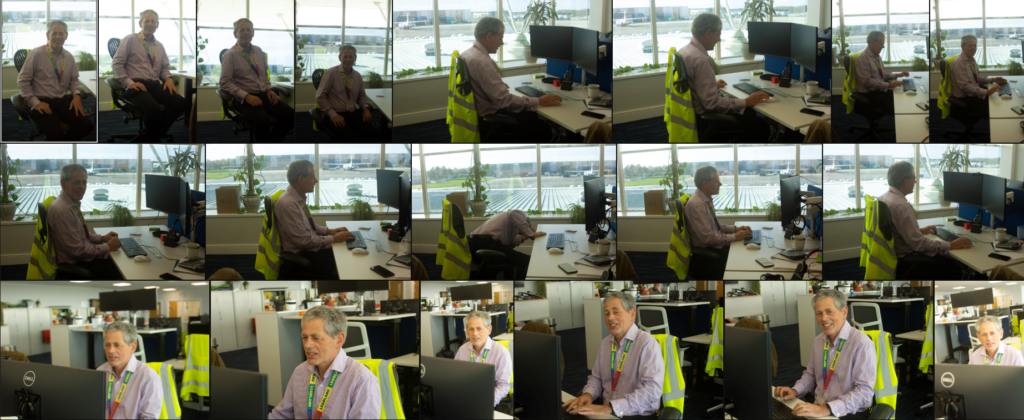
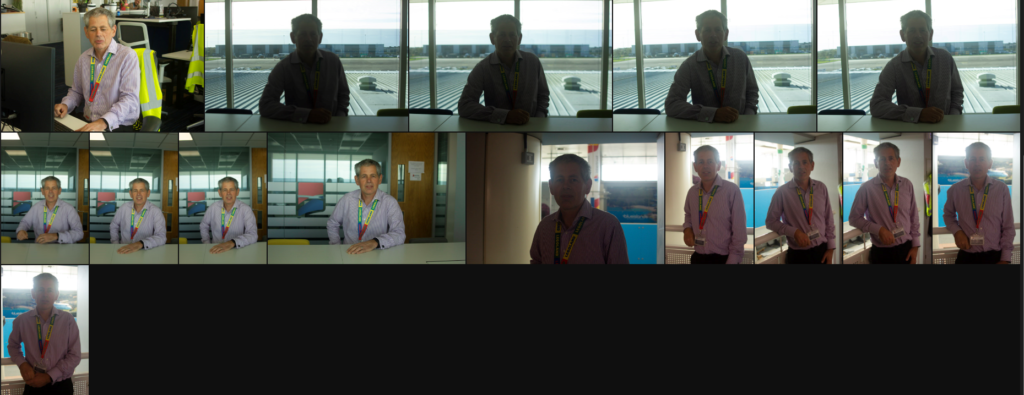
This is the contact sheet of my first photoshoot, I have then marked off the ones I feel aren’t the best as featured below.
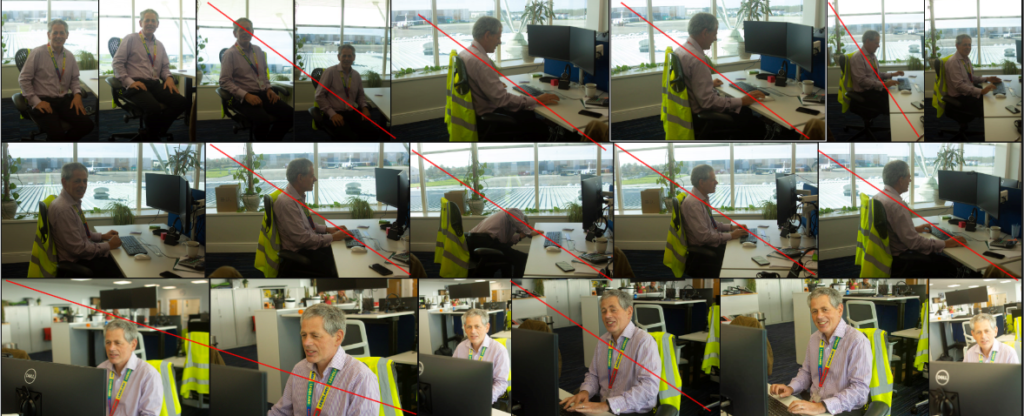
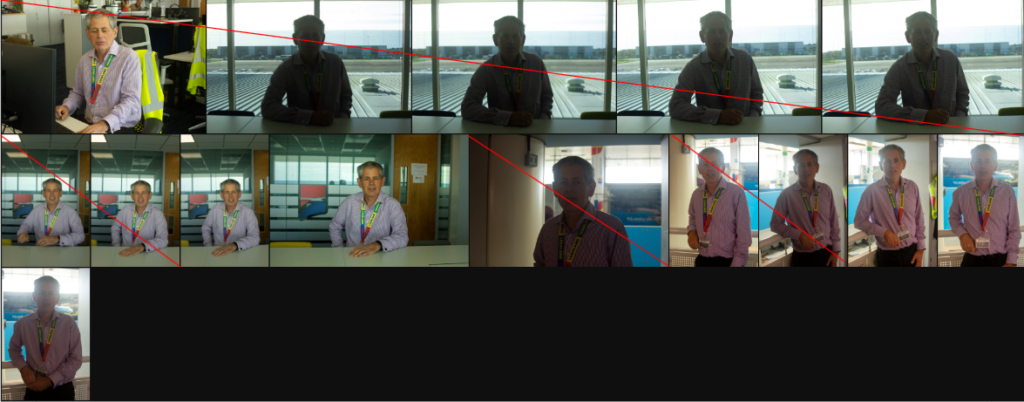
The lines mark off the shots that I don’t consider to be the best options of the shoot, it also includes ones I don’t feel follow the style of environmental portraits.
Overall there were a few successful shots as I looked for certain elements in the photo. I looked for good lighting, well composed shots and if it fitted the brief of an environmental portrait. I looked for certain elements within the composure of the photos, for example by favouring the shot in which the model had his one of his hands on the desk and one resting on his lap the shot has a more authorial look and also follows the idea of environmental portraits being structured and not an action shot. The shot where the model was still moving his hands looks more like I had just captured a moment rather than composed a planned shot. At the beginning of the shoot I was fairly unaware of what I should ask the model to do so as I found my confidence in the type of picture I wanted the shots improved producing results I can now go onto edit.

